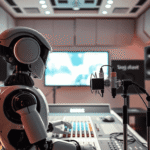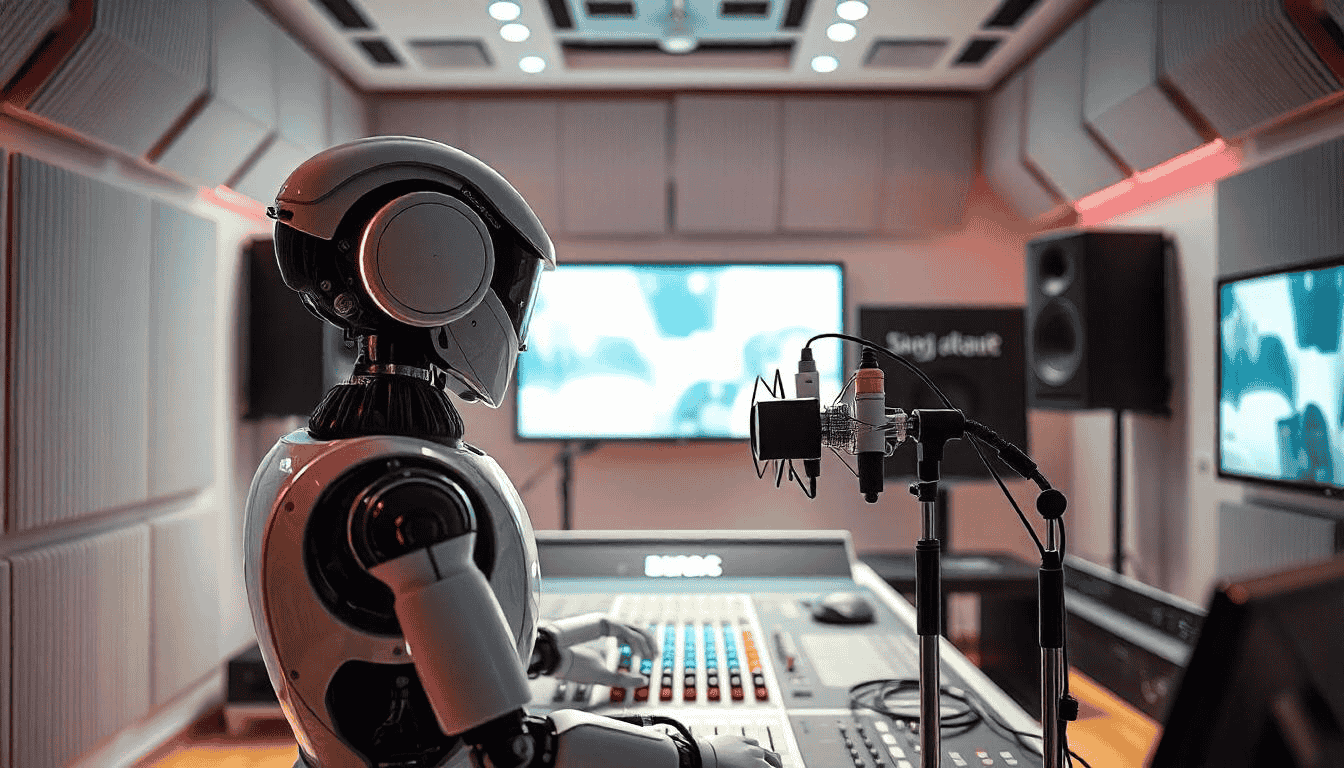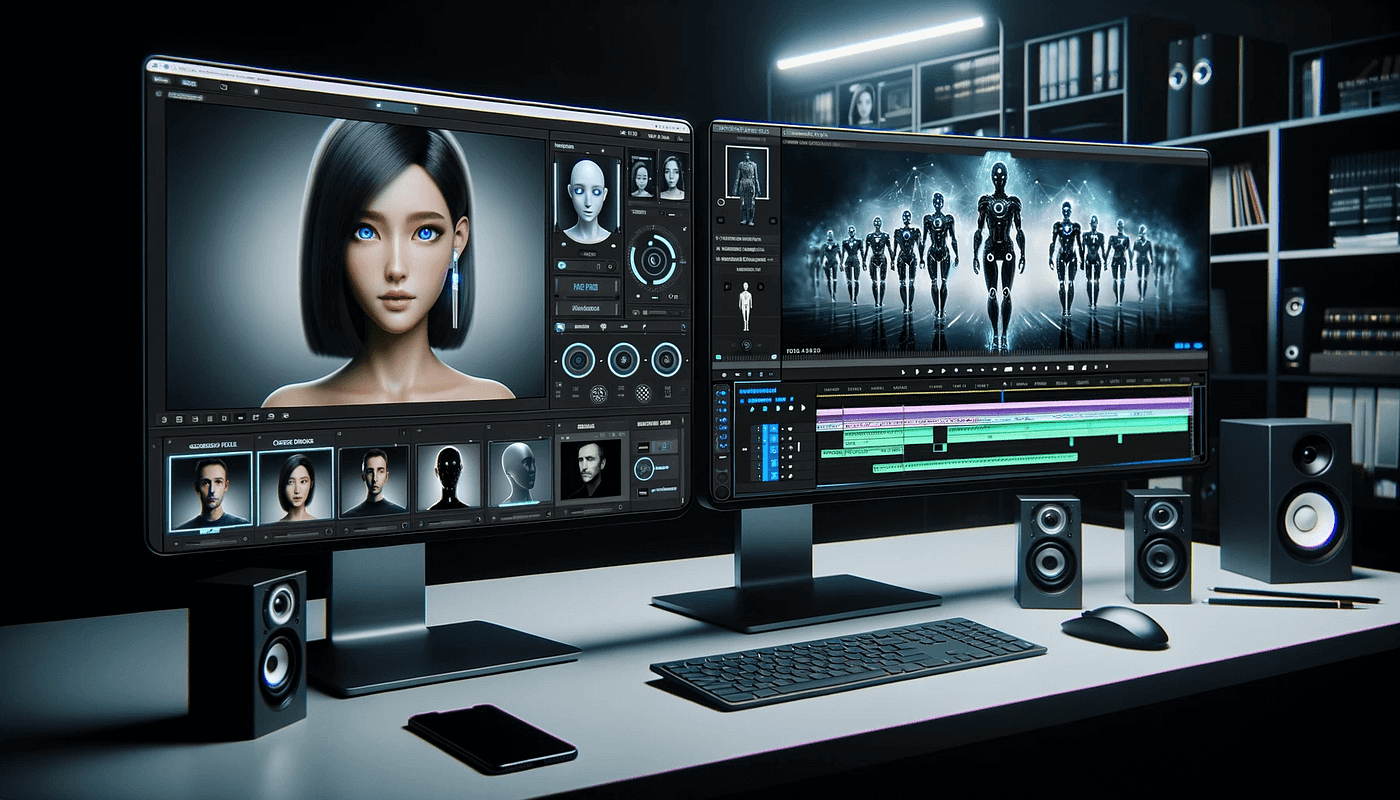In today’s interconnected digital world, content is no longer confined by borders. A video made in one corner of the world can be watched, shared, and celebrated in another within minutes. But for true global impact, content must go beyond visuals—it must speak the audience’s language, literally. That’s where AI-driven dubbing technologies step in, reshaping how creators and businesses reach audiences worldwide.
By replacing traditional time-consuming localization methods, AI is opening doors for faster, more affordable, and scalable ways of adapting content for global markets. Whether it’s a brand ad, a film, or a social media clip, creators now have access to tools that can voice their ideas across multiple languages, without compromising on nuance.
What Is AI Dubbing?
AI dubbing refers to the use of artificial intelligence to translate, synchronize, and voice content in different languages. Unlike manual dubbing, which requires voice actors, sound engineers, and long studio hours, AI automates the process. With advanced natural language processing and voice synthesis, AI can replicate voices, lip-sync dialogue, and adjust tone to sound more natural.
Even platforms like invideo AI are exploring how AI dubbing can streamline cross-language content production, reducing costs and increasing accessibility for creators of all sizes. What once required a studio team can now be managed with intelligent software, making multilingual storytelling available to anyone.
Why AI Dubbing Matters in Global Content Creation
Breaking Language Barriers
One of the biggest hurdles in global content distribution is language. Traditional subtitles can help, but they don’t always create the same emotional impact as hearing dialogue in your native tongue. AI dubbing makes it possible for audiences to engage with content as if it were originally created in their language.
Cost and Time Efficiency
Traditional dubbing involves multiple rounds of translation, recording, and editing. AI drastically reduces both costs and turnaround time. Content creators can localize an entire video within hours instead of weeks, which is crucial in fast-moving industries like social media marketing and news.
Expanding Audience Reach
By making content multilingual, creators can connect with diverse audiences across the globe. A YouTube creator in Brazil can have viewers in Japan. A small business in India can reach customers in Europe. AI dubbing ensures content is not locked within a single region.
The Evolution of Dubbing: From Manual to AI
Traditional Dubbing Limitations
- Expensive voice actors and studio time
- Slow turnaround, especially for longer content
- Challenges in maintaining lip-sync and tone consistency
How AI Transforms the Process
- Automated Translation: AI systems instantly convert dialogue into multiple languages.
- Voice Replication: Original voices can be cloned and reproduced in other languages.
- Real-Time Syncing: Algorithms align speech with lip movements and timing for natural results.
This evolution represents more than just convenience—it signals a democratization of global storytelling.
Use Cases of AI Dubbing in Content Creation
Film and Entertainment
Global streaming platforms are increasingly interested in AI dubbing to localize movies and shows for worldwide audiences faster. Instead of waiting months for release in new regions, films can be dubbed almost simultaneously.
Marketing and Advertising
For businesses, dubbing ads in multiple languages means instant access to new markets. Instead of creating different versions of the same campaign, brands can adapt a single video and distribute it worldwide.
Social Media and Influencers
Content creators, influencers, and educators can now reach audiences beyond their native language. A creator in Spain, for example, can release tutorials in English, Hindi, or Japanese without recording separate versions.
Education and Training
AI dubbing is especially powerful in the e-learning space. Online courses can be localized in various languages, giving learners from different regions access to the same knowledge without language being a barrier.
Benefits of AI Dubbing for Creators and Businesses
Scalability
A single video can be dubbed into dozens of languages simultaneously, helping creators expand faster.
Authenticity
With voice cloning and natural intonation, dubbed content feels more authentic and engaging compared to robotic voiceovers.
Inclusivity
Multilingual dubbing ensures that content is accessible to people from different linguistic backgrounds, promoting inclusivity in global communication.
Challenges and Ethical Considerations
While AI dubbing offers huge benefits, it also comes with challenges:
- Voice Ownership: Who owns a digitally cloned voice—the creator, the AI platform, or the voice actor?
- Cultural Nuances: AI may miss cultural subtleties that human translators can capture.
- Over-Reliance on Automation: Human oversight is still crucial to avoid translation errors and maintain quality.
Balancing automation with human input is essential for ethical and accurate dubbing practices.
The Future of AI Dubbing
As AI continues to advance, the possibilities for dubbing will expand even further. Future systems may integrate real-time dubbing for live events, interactive experiences, and even VR content. Imagine attending an international conference where speakers are instantly dubbed into your language—or watching global esports broadcasts with seamless multilingual commentary.
Creators are also experimenting with combining dubbing and visual editing. With the help of an AI video creator, not only can voices be dubbed, but visuals, subtitles, and story pacing can be adapted for specific audiences. This synergy of tools is set to redefine how content is created and shared worldwide.
Best Practices for Using AI Dubbing
1. Always Review AI Output
Even though AI is advanced, human review ensures translations are accurate and culturally appropriate.
2. Test with Different Audiences
Before launching globally, test dubbed content with native speakers for quality assurance.
3. Maintain Voice Consistency
If a creator chooses to replicate their own voice, they should maintain consistency across all dubbed versions to strengthen brand identity.
4. Combine with Subtitles
While dubbing is powerful, combining it with subtitles ensures accessibility for all audiences, including those with hearing impairments.
Final Thoughts
AI dubbing is not just a trend—it’s a revolution in content creation. By breaking down language barriers, reducing costs, and accelerating production, it empowers creators and businesses to tell stories that resonate across cultures. From films and ads to online courses and social media, the reach of content is no longer limited by geography.
As the technology evolves, the balance between automation and human creativity will be key. With ethical use and proper oversight, AI dubbing has the potential to transform how we share knowledge, entertainment, and ideas with the world.
In this new era, every creator has the opportunity to go global—without needing to speak every language.







